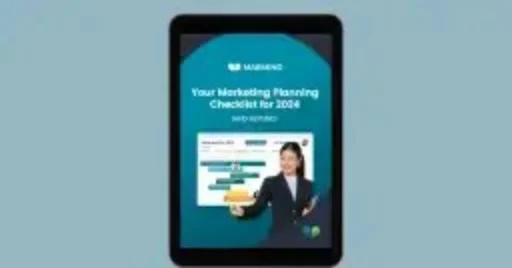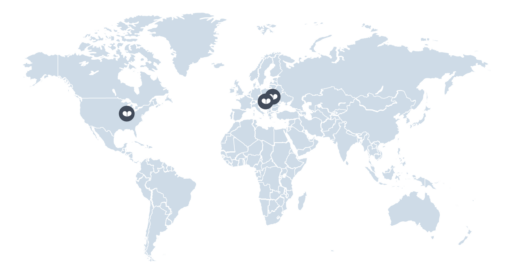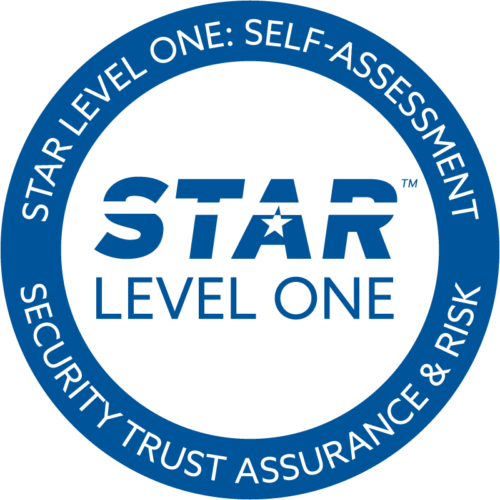
Many marketers have been working from home for a few weeks now. And while remote work definitely has its advantages, it also comes with a whole set of issues, especially if you are trying to navigate a crisis. We highlight how using campaign planning software can help marketers get through these turbulent times.
Whether it is your whole team working remotely, events going virtual, or people having after-work drinks on Zoom: What still seemed unlikely up until a few weeks ago is now being dubbed “the new normal”. Yet, none of the above would be possible without modern technology.
Unfortunately, working from home is not just about picking hilarious outfits for #videocasual challenges and coming up with creative ways to keep your kids from crashing your videoconference. For many CMOs, the current crisis means that they need to have a serious conversation about digital transformation. And even though countries are gradually relaxing their coronavirus lockdown, it will still take a while before everything is back to normal and people can pop next door to discuss their new marketing campaign with their co-workers. In the meantime, communication and collaboration tools will continue to gain importance.
The fact that many of us are working remotely means that you cannot have a quick coffee with your manager to get the visuals for the new campaign approved. It means that people who don’t rely on digital workflows yet will have to play e-mail ping pong to get certain things done. It means that all team members need to have access to the most recent version of the marketing plan. In other words, it means that simple things get awfully complicated just because people are not in the same place. We show you five ways collaborative marketing planning and marketing management tools will make your life easier:

1. No more spreadsheet overload: A digital planner helps you stay on top of all your campaigns
While Coca Cola announced that it was freezing its marketing spend, marketers elsewhere are busy rescheduling and adapting campaigns – or even creating new ones from scratch. However, revising your marketing plan and discussing changes with the brand manager is no mean feat if your whole team is working from home. Using a centralized platform helps you and your team keep track of campaigns, budgets, and results. As a result, you will be able to make sure that new campaigns are in line with current ones, allowing you to keep the overall marketing plan consistent.

2. Bye, bye formatting: Simply drag and drop campaigns to reschedule them
If you have ever tried moving a campaign in a spreadsheet, you will know that copy-pasting doesn’t work, especially if you still want to be able to print the plan. State-of-the-art marketing planning software allows you to just drag and drop campaigns – including any documents and tasks linked to them – without having to format cells. Similarly, budgets can be easily shifted without losing track of total amounts.
3. Hello transparency: Create automatic reports
Any marketer will want to know which channels offer the best ROI so they can make smart investment decisions. If you don’t have a digital tool to do the job for you, you and your team will have to spend hours consolidating the relevant data and putting them into a presentable format. Marketing Resource Management (MRM) software lets you create automatic reports to compare spending per channel against results. You can even add offline channels, such as bulk mail, for an even better picture of how your campaigns are performing. The best part is that you will always have the most recent data as nobody needs to sit down and compile a report first.
4. Access files and manage approvals anytime, anywhere
With most people working from home, companies are now finding out if their processes are truly digital. Does everyone always have access to the files they need? Can approval processes be managed online? Anyone who hasn’t done their homework on digitalization will find working from home a lot more difficult than working in the office.
Cloud-based marketing software can be accessed anywhere, anytime. Plus, it comes with a Digital Asset Management (DAM) system for central file storage. What is more, it allows you to manage approvals online, with just a few clicks. This way, all team members will always know who approved what. Comments can be added directly to a media asset or any other file if anything needs to be clarified.
5. Collaborate effectively – even if your team is remote
There is no teamwork without communication. However, if shouting across the office is not an option because the entire team is working remotely, you will need a collaboration tool. Similarly, you will also need a standardized file sharing process if you are part of a large marketing team and don’t want things to get chaotic.
Marketing Resource Management tools are designed to enable collaboration. If you need to discuss a campaign, you can do so by commenting on the campaign itself or any related files or tasks. Tasks, priorities, and goals per team member can be accessed with one click and are easy to manage. This way, you always know what everyone is working on.
Investing in digitalization will not just help you get through the crisis – it will also pay off in the long run
In a recent blog article, we discussed why marketers should stop using spreadsheets for planning and transition to a digital tool instead. And while some of us are still wondering whether ‘the new normal’ will also include wearing sweatpants to the office, there is one thing we do know for sure: If you invest in a modern Marketing Resource Management tool now, you will not just find it easier to navigate the crisis, but you will reap the benefits long after the world is back on track.














